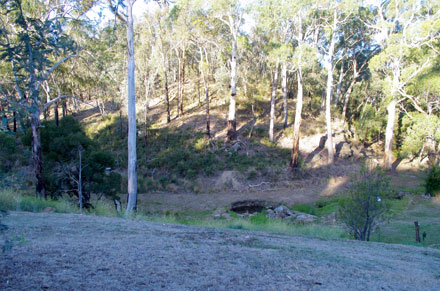
Forestry is poised to play a key role on farms as new limits around nutrients and carbon emissions are put in place. This would require fresh thinking and a revision of the future of livestock farming, according to Scion chief executive Warren Parker. Source: Stuff NZ
Mr Parker was speaking at the New Zealand Institute of Primary Industry Management’s Waikato branch’s recent annual meeting.
“That means new technology, and intrinsically, more resource-wise, more efficient plants and animals.”
Farmers would have to change the design of their systems to fit within new environmental limits if they were to maintain their social licence, he said.
Significant land use change would also be needed in some catchments to meet the new standards and there was some negotiation to take place around the rate and nature of this change.
“That’s a big debate in Waikato,” he said.
Forestry could play a key role in helping farmers get under a nitrogen cap, much like it had in Taupo, as well as being able to store carbon.
The log industry was also booming with export prices for logs at record levels and demand not slowing.
“The drivers are so strong that in places like Northland the trees are being harvested at 21 years of age.”
Current prices were very attractive for small woodlot or forestry owners. There had been about 4.3 million tonnes harvested in Northland per year, but that was set to drop off to 2 million in 2026.
That raised the question of where these logs would come from, he said.
The price of carbon would also affect log prices in the future. If it lifted, it would delay tree harvesting as growers let their trees accumulate more carbon.
“That’s why some people are planting redwoods in the King Country because they accumulate large amounts of carbon through to 60-70 years.”
Supply of redwoods in the US market was falling which made growing redwoods an attractive proposition, he said.
The major log markets continued to be China, Korea and Japan with China taking up 70% of the market.
The US was the largest market for structural timber, fuelled by housing.
Those who decided to plant trees had to get the basics right. This included good genetics and woodlot design, the right location that was close to a harvester, a proper silviculture regime and an appropriate stocking rate.
“You can run a profitable farm if you have got the system right within nutrient limits. We have learned a lot from the 1990s where we tended to just plant everything in radiata whereas now we can design it into the landscape.”
It was a better option than 25 years ago and the new drivers around environmental mitigation that made it an attractive option both domestically and internationally, he said.







